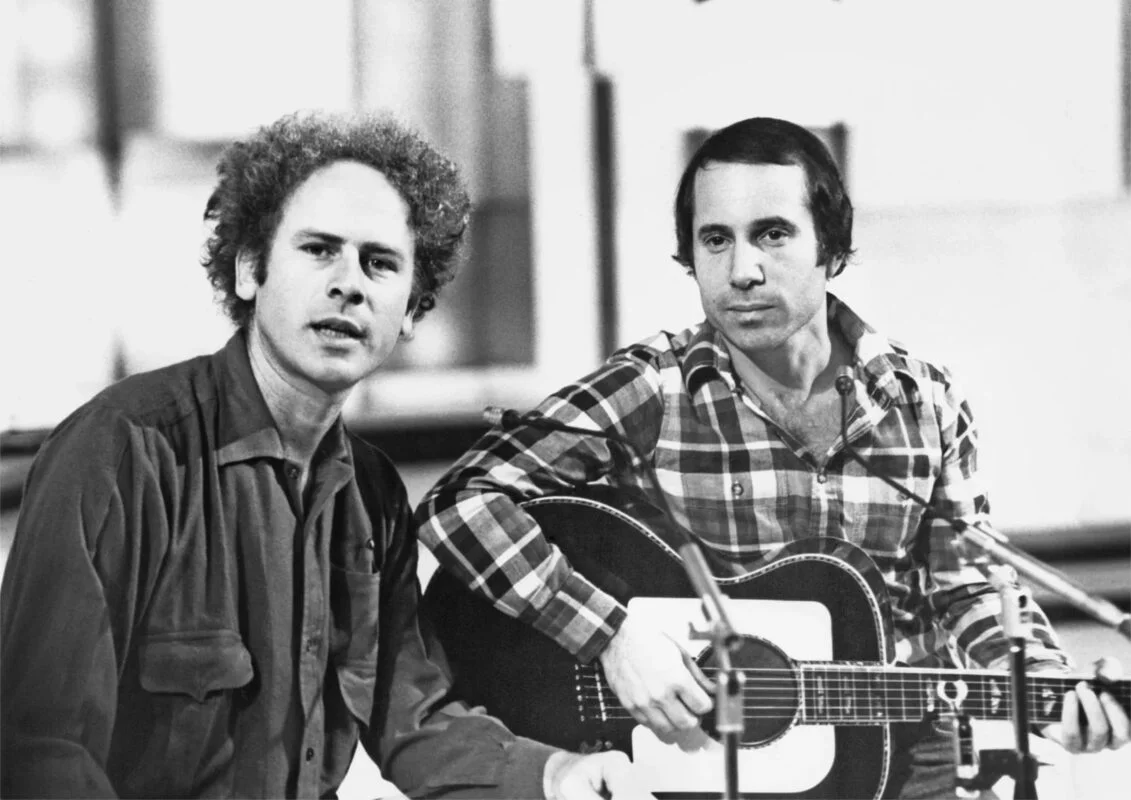
Greasers were not organised gangs in the way we think of gangs today. Greaser was a term coined by outsiders (similar to how we use the term “hipster” today) to refer to a predominantly working class of young adults and teenagers in urban areas of the United States, particularly Italian and Hispanic Americans.
Greasers, the youth subculture that was popularised in the 1950s to 1960s, were originally poor kids who couldn’t afford nice clothing, so they would wear their work clothes, which typically consisted of white tank tops, t-shirts and jeans.
Other most notable physical characteristic of greasers was the greased hairstyles they fashioned through the use of hair products such as pomade or petroleum jelly, which necessitated frequent combing and reshaping to maintain. Males sported coiffures adopted from early rock ‘n’ roll and rockabilly performers such as Elvis Presley, among them the Folsom, Pompadour, Elephant’s trunk, and Duck’s ass, while females commonly backcombed or teased their hair.
Greaser fashion eventually evolved into male greasers typically wore loose cotton twill trousers or dark blue Levi’s jeans. The latter were often cuffed over ankle-high black or brown leather boots, including cowboy, steel-toed engineer, or harness styles. Other footwear choices included Chuck Taylor All-Stars and brothel creepers. Choices of outerwear included denim or leather jackets (including Perfecto motorcycle jackets). Female greaser dress included leather jackets and risque clothing, such as tight and cropped capris and pedal pushers (broadly popular during the time period). And while this style has now become iconic, being a greaser was not a just fashion statement. Some greasers did engage in violence and illegal activities, but it wasn’t a way of life like it is in modern organised gangs.
Speaking of music tastes, in the early 1950s, there was significant greaser interest in doo-wop, a black genre of music from the industrial cities of the Northeast that had disseminated to mainstream American music through Italian American performers. Greasers were heavily associated with the culture surrounding rock n’ roll, a musical genre that had induced feelings of a moral panic among older middle-class generations during the mid-to-late 1950s, to whom greasers epitomised the connection between rock music and juvenile delinquency professed by several important social and cultural observers of the time.
The first cinematic representation of the greaser subculture was the 1953 film The Wild One. The band Sha-Na-Na models their on-stage presence on New York City greasers (the band members themselves were mostly Ivy Leaguers)
💧 You might also like YOUNG PUNKS IN THE 80S IN THE SOCIALIST HUNGARY.
⎯⎯⎯⎯⎯
Text via History Cool Kids, Wikipedia.
All photos by Bruce Davidson in 1959, taken from his book Brooklyn Gang, when he spent some time with a group of teenagers called Jokers and photographed them.












